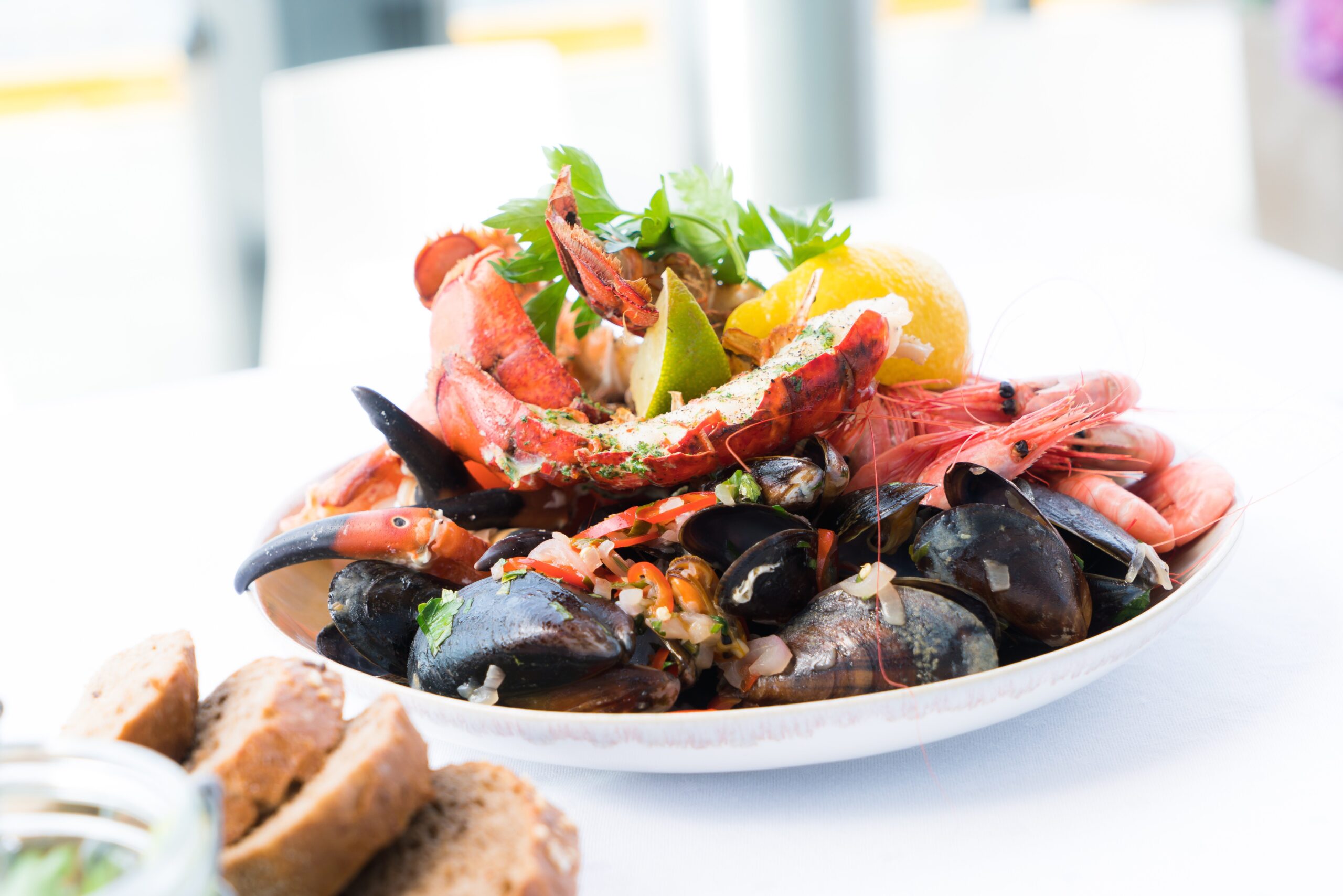Seafood has long been a beloved part of diets around the world, from simple grilled fish to gourmet sushi plates. But behind every delicious bite lies an important question: is it responsibly sourced? Overfishing, destructive fishing practices, and poor supply chain management are pushing many marine species toward decline, threatening not only ecosystems but also the communities that rely on the ocean for food and income. That’s where Sustainable Seafood comes in—it’s about enjoying the flavors of the ocean without damaging the environment that produces them.
When you make eco-conscious seafood choices, you’re not just protecting fish populations—you’re helping to preserve marine biodiversity, reduce plastic and bycatch waste, and encourage fair fishing practices. At organizations like Friend of the Sea, these efforts are at the core of their mission: guiding consumers and businesses toward responsible seafood consumption that protects oceans for generations to come.
In this article, we’ll explore the best sustainable seafood picks, practical tips for identifying eco-friendly options, and how your meal choices directly influence the health of our planet’s marine ecosystems.
Why Choosing Sustainable Seafood Matters
The ocean covers more than 70% of the planet, yet its resources are under immense pressure. According to the Food and Agriculture Organization (FAO), over one-third of global fish stocks are overfished. Unsustainable practices such as bottom trawling, illegal fishing, and excessive bycatch destroy marine habitats and harm non-target species like dolphins, turtles, and seabirds.
By choosing Sustainable Seafood, you’re taking a stand against these harmful practices. Sustainable fisheries are carefully managed to avoid overharvesting and ensure populations remain healthy. They often use selective gear to reduce bycatch and prioritize traceability so you know exactly where your seafood comes from.
It’s also worth noting that sustainable fishing has direct benefits for coastal communities. Fair trade programs, small-scale fishing certifications, and eco-labels create better working conditions and stable livelihoods for fishers. The ripple effect is clear: eco-friendly seafood choices not only protect marine ecosystems but also support human well-being.
Top Sustainable Seafood Choices for Your Plate
If you’re wondering what to buy on your next grocery trip or order at a restaurant, here are some of the most recognized eco-friendly picks:
- Alaskan Salmon – Wild-caught Alaskan salmon is managed under strict quotas to prevent overfishing. It’s rich in omega-3s and one of the most reliable choices for sustainability.
- Pacific Sardines – These small, fast-growing fish reproduce quickly, making them a low-impact seafood with high nutritional value.
- Farmed Mussels and Oysters – Shellfish are naturally sustainable since they filter water and don’t require feed, reducing their environmental footprint.
- U.S. Pacific Halibut – Harvested under science-based quotas, Pacific halibut is an excellent choice when sourced from regulated fisheries.
- Mackerel – Particularly Atlantic mackerel, which is abundant and fished with eco-friendly methods, providing both taste and sustainability.
When in doubt, look for certification labels from trusted organizations like Friend of the Sea. These certifications ensure your purchase aligns with eco-friendly standards and contributes to marine conservation.
How to Identify Sustainable Seafood at the Store or Restaurant
Finding sustainable seafood doesn’t have to be complicated. Start with labels—eco-certifications like those from Friend of the Sea are reliable indicators that the seafood meets rigorous environmental and social criteria. You can also ask your fishmonger or restaurant staff where the fish was sourced. If they can trace it back to a certified fishery or farm, you’re on the right track.
Another useful resource is seafood guides provided by conservation groups. These pocket cards or apps classify seafood into “Best Choice,” “Good Alternative,” and “Avoid,” making it easier to make informed decisions.
Finally, opt for local and seasonal seafood whenever possible. Not only does it support nearby fishing communities, but it also reduces the carbon footprint of transporting seafood across the globe.
The Role of Aquaculture in Sustainable Seafood
Aquaculture, or fish farming, often sparks debate, but when done responsibly, it can play an important role in reducing pressure on wild fish populations. Sustainable aquaculture systems avoid antibiotics, minimize water pollution, and ensure animal welfare. Species like farmed mussels, clams, and certain responsibly raised salmon are great examples of how aquaculture can meet demand without harming ecosystems.
Supporting certified farms encourages innovation and drives the industry toward more eco-friendly practices. It’s not about rejecting aquaculture altogether—it’s about choosing operations that align with the planet’s long-term health.
Small Choices, Big Impact
Every meal is an opportunity to make a difference. Swapping just one unsustainable seafood option for a certified sustainable alternative can collectively push the market toward responsible fishing. Over time, consumer demand shapes the industry, sending a powerful message that people care about the oceans.
When you choose Sustainable Seafood, you’re not only enjoying delicious meals—you’re also helping protect coral reefs, preserve fish stocks, and safeguard marine life. And that’s a legacy worth leaving behind.
Final Thoughts
Choosing the right seafood is more than a culinary decision; it’s a commitment to protecting our oceans. By opting for eco-friendly picks like Alaskan salmon, sardines, and shellfish, and supporting certifications from organizations such as Friend of the Sea, you become part of a movement that values both flavor and the future of marine ecosystems.





